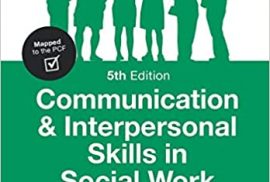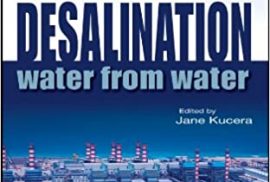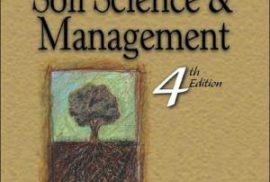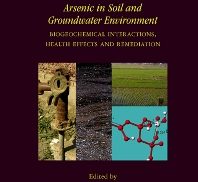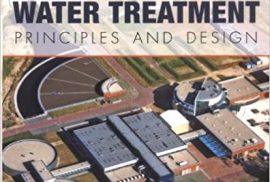Title : NEWS 2.0 – JOURNALISTS, AUDIENCES AND NEWS ON SOCIAL MEDIA
Author : Ahmed Al-Rawi
ISBN : 978-1-119-56966-4
Published : July 2020
Publisher : Wiley-Blackwell
Volume : 224 Pages
The second generation of news—News 2.0—made, distributed, and consumed on the internet, particularly social media, has forever changed the news business. News 2.0: Journalists, Audiences and News on Social Media examines the ways in which news production is sometimes biased and how social networking sites (SNS) have become highly personalized news platforms that reflect users’ preferences and worldviews. Drawing from empirical evidence, this book provides a critical and analytical assessment of recent developments, major debates, and contemporary research on news, social media, and news organizations worldwide.


